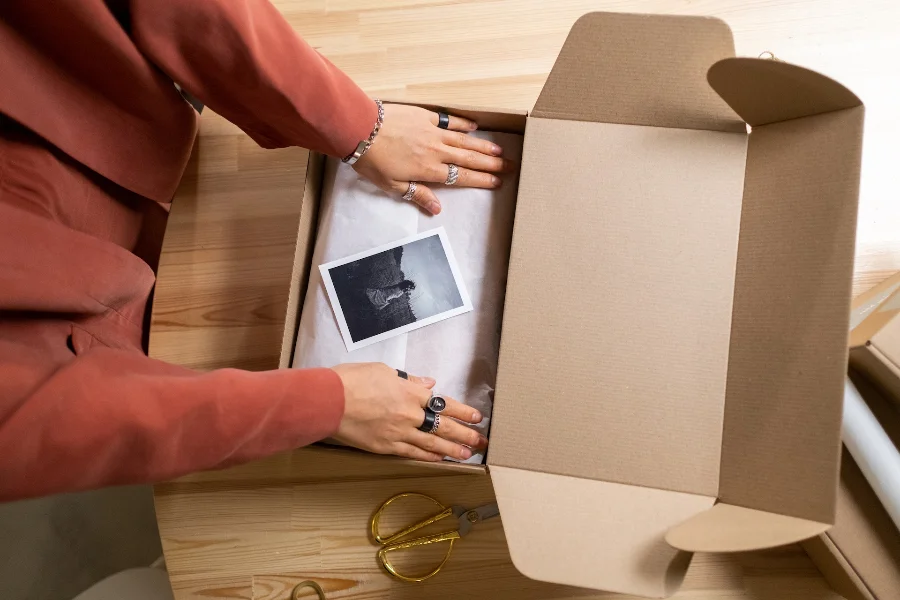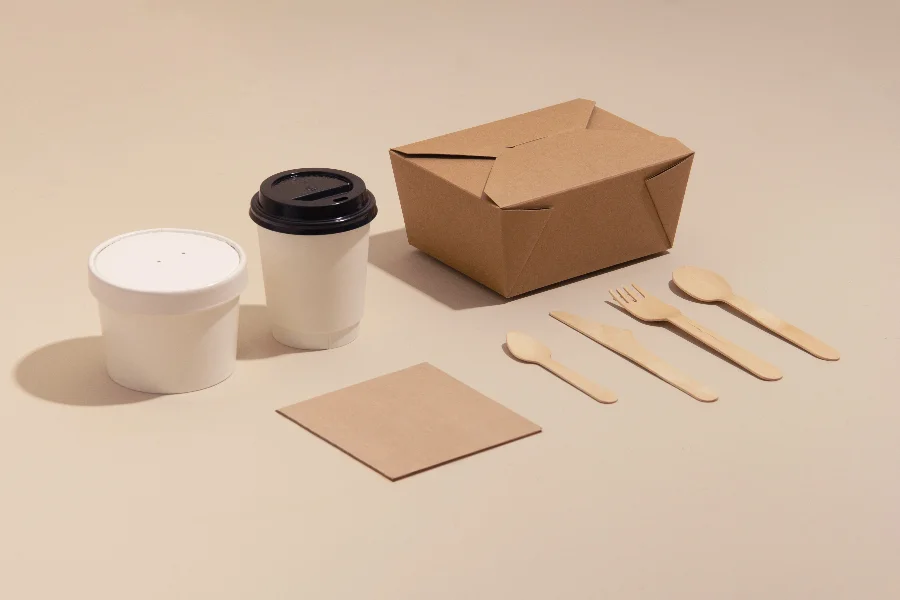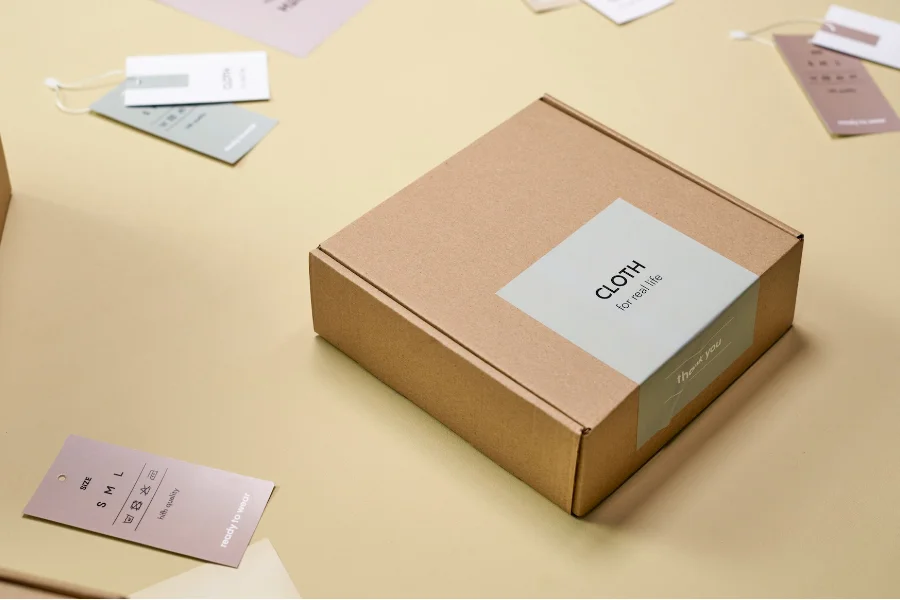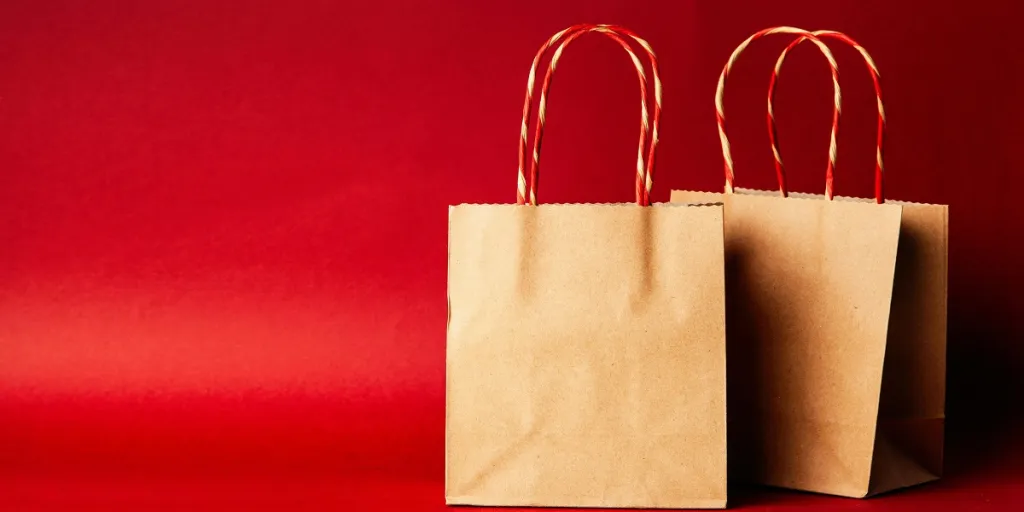Packaging plays an essential role in manufacturing and retail industries. Not only does it help to protect and preserve products during transportation, it also influences the customer’s relationship with the brand and the products.
Packaging has evolved with technological advancements to meet consumers’ changing needs and demands. The packaging industry is always exploring new materials and designs to enhance the functionality and sustainability of packaging.
According to Technavio, the global packaging market is estimated to grow at a compound annual growth rate (CAGR) of 3.92% between 2022 and 2027, with an estimated increase of US$ 223.96 billion.
Packaging materials help the business connect with its consumers, and the new trends reflect the current state of affairs. As a result, many people lean on functionality and sustainability when choosing packaging materials.
In recent years, there have been new trends in the packaging industry as innovation and technology have made it easier to get appeal and functionality. This article explains the latest trends in packaging materials.
Table of Contents
Environmental concerns of packaging materials
Trends in packaging materials
Conclusion
Environmental concerns of packaging materials
Customers are becoming more aware of the environmental impact of packaging and are demanding more environmentally sustainable options. According to the Environmental Protection Agency, packaging materials make up a significant portion of solid waste at 28.1% of the total waste generation in 2018, amounting to 82.2 million tons.

Packaging materials waste is a major contributor to environmental degradation, with most of the waste ending up in landfills and the ocean. As a result, packaging manufacturers are exploring new sustainable materials and designs to reduce waste to curb this negative trend.
Some of the most popular environmentally friendly packaging materials include recycled paper, biodegradable plastics, and plant-based materials such as bamboo, cornstarch, and sugarcane. These materials are eco-friendly, cost-effective, and also can be produced at scale.
Recycled paper-based packaging materials are the most popular eco-friendly packaging as they are made from recycled materials and are easily recyclable. Moreover, they have a lower carbon footprint than plastic packaging materials as they require less energy to produce.

Another option for eco-friendly packaging materials is biodegradable plastics. They break down over time and do not contribute to environmental plastic pollution. According to BBC Science Focus, biodegradable plastics take at least three to six months to decompose compared to traditional plastics, which could take hundreds of years. The time it takes for biodegradable plastics to break down depends on the temperature and moisture presence.
Nevertheless, using biodegradable plastics comes with challenges as the materials often need specialized disposal methods, which can negatively impact the soil and water quality.
Plant-based materials like bamboo and cornstarch, also known as bioplastics, are steadily gaining popularity for sustainability packaging. This is because they have a lower carbon footprint and are more renewable and biodegradable than traditional materials.
One of the most popular bamboo packaging options is the bulk bamboo box. They are handmade, wooden, and compostable. One can order one piece, they have a lead time of 25 days for 1 to 100 pieces, and you can customize them with the company logo for a minimum order of 500 boxes.
On the other hand, bioplastics are a versatile packaging option that can be used in retail and food packaging.

Bioplastics are also noteworthy as they produce carbon dioxide as they decompose. This is because they give off the carbon locked in by the plant matter that made them. As a result bioplastics have almost zero effect on the environment.
Pros and cons of these materials:
There are many advantages of using eco-friendly materials. However, there are also some concerns with these materials:
Pros
- They reduce the use of energy and fuel resources.
- They have a smaller carbon footprint.
- They decompose faster than traditional materials.
- They are less toxic as they do not contain bisphenol.
- They are recyclable.
- They are versatile.
Cons
- They need specialized disposal methods.
- They are more expensive.
- Traditional materials may be stronger and more durable.
Trends in packaging materials
Many new trends are emerging in packaging materials in addition to a preference for environmentally friendly materials. These new trends include interactive packaging, modular design, and minimalism.
Interactive packaging
Interactive packaging is one of the trends shaping the packaging industry’s future. It provides the consumer with valuable information about the product and the brand. In addition, it allows the consumer to develop a relationship with the product.
Interactive packaging has many benefits for a brand as it enables the product label and packaging design to give consumers valuable information. In addition, it is a creative way to interact with the consumer, nurture a strong relationship with them and create memorable experiences.
For instance, interactive packaging can be equipped with QR codes that the consumer can scan to get more information on the product and the brand. It can show the quality of the product, its origin, and its authenticity.
Modular design
This is another emerging trend in packaging materials. It allows companies to customize and create adaptable packaging materials. The principle of modular design is creating an overall design in which a product is broken down into smaller components known as modules that execute specific tasks.
Modular design has two major benefits, standardization, and customization. The company can standardize the system so modules can be simplified and made more economically and reusable.

Moreover, the modules can easily customize the system to the consumer’s needs by selecting only those most appropriate for their varying blends and configurations.
Additionally, modular design allows the company to design processes that respond to changing consumer needs rapidly and more cost-effectively by optimizing the use of materials.
Minimalism
Sometimes, less is more. Minimalist packaging is when one uses simple and elegant packaging materials. In this era of advertisement, some consumers are looking for simple packaging designs that do not overwhelm them with information.
Minimalist packaging helps the information on the package stand out so the consumers get it. Additionally, the information is less cluttered and easy for the consumer to digest. Getting your brand message out with the least information will have a greater impact.

A popular minimalist packaging is the natural minimalist custom logo shipping box. They are best used for clothing and shoes; they are customizable and made of recyclable materials. One can get a customized logo and packaging for a minimum order of 1000 pieces. They have a lead time of 10 days for 1-5000 pieces.
Conclusion
Packaging is vital for all businesses. It helps to protect, preserve, and transport products. There are many emerging trends in packaging materials. Eco-friendly packaging materials are the most popular new trends in packaging.
Eco-friendly materials include biodegradable materials, recycled plastics, and bioplastic. They have many benefits, including less carbon footprint, faster decomposition, more versatility, and less toxicity. You can get all your packaging materials at Alibaba.com.




